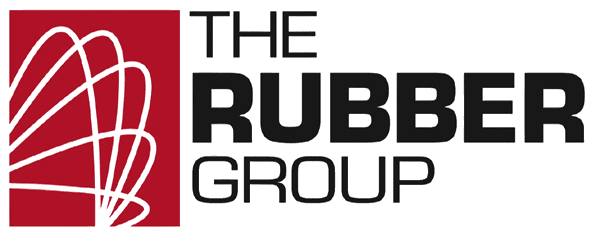Waterjet Cutting
The Rubber Group utilizes advanced waterjet cutting technology to produce highly precise, intricate rubber components with tight tolerances, clean edges, and minimal thermal effects, ideal for industries like aerospace, medical, and defense.
The Rubber Group integrates advanced waterjet cutting technology into its manufacturing process, offering a versatile and precise method for producing
intricate rubber components with tight tolerances and clean edges. Using ultra-highpressure water streams, sometimes combined with abrasives, this process avoids
the thermal effects of traditional methods, preserving material properties like
flexibility and resilience.
Waterjet cutting ensures exceptional accuracy for complex
geometries and delicate materials, with tolerances as tight as ±0.005 inches, making
it ideal for industries like aerospace, defense, medical, and specialized industrial
applications.
Pros (Ideal for):
- Complex rubber component fabrication
- Parts requiring extremely precise cutting
- Minimal material distortion
- Maintaining tight tolerances
- Preservation of material properties
- Preventing thermal damage
Specific Industry Applications:
- Aerospace precision components
- Defense specialized equipment
- Medical device intricate seals
- Industrial equipment complex gaskets
- Specialized elastomer component manufacturing
- Multi-layered composite material cutting
- Parts with multiple internal features
- Components with tight curves and sharp corners
Limitations
- Higher cost compared to traditional cutting methods
- Slower production speeds
- Potential for water-related material saturation
- Requires sophisticated programming expertise
- Less suitable for very high-volume, simple productions
- Limited by material thickness and composition
Decision Factors / Comparative Manufacturing:
- Superior for simple, flat components: Die cutting
- More suitable for continuous profiles: Extrusion
- Better for 3D complex parts: Molding techniques
- Better for complex, precise parts: Waterjet cutting
